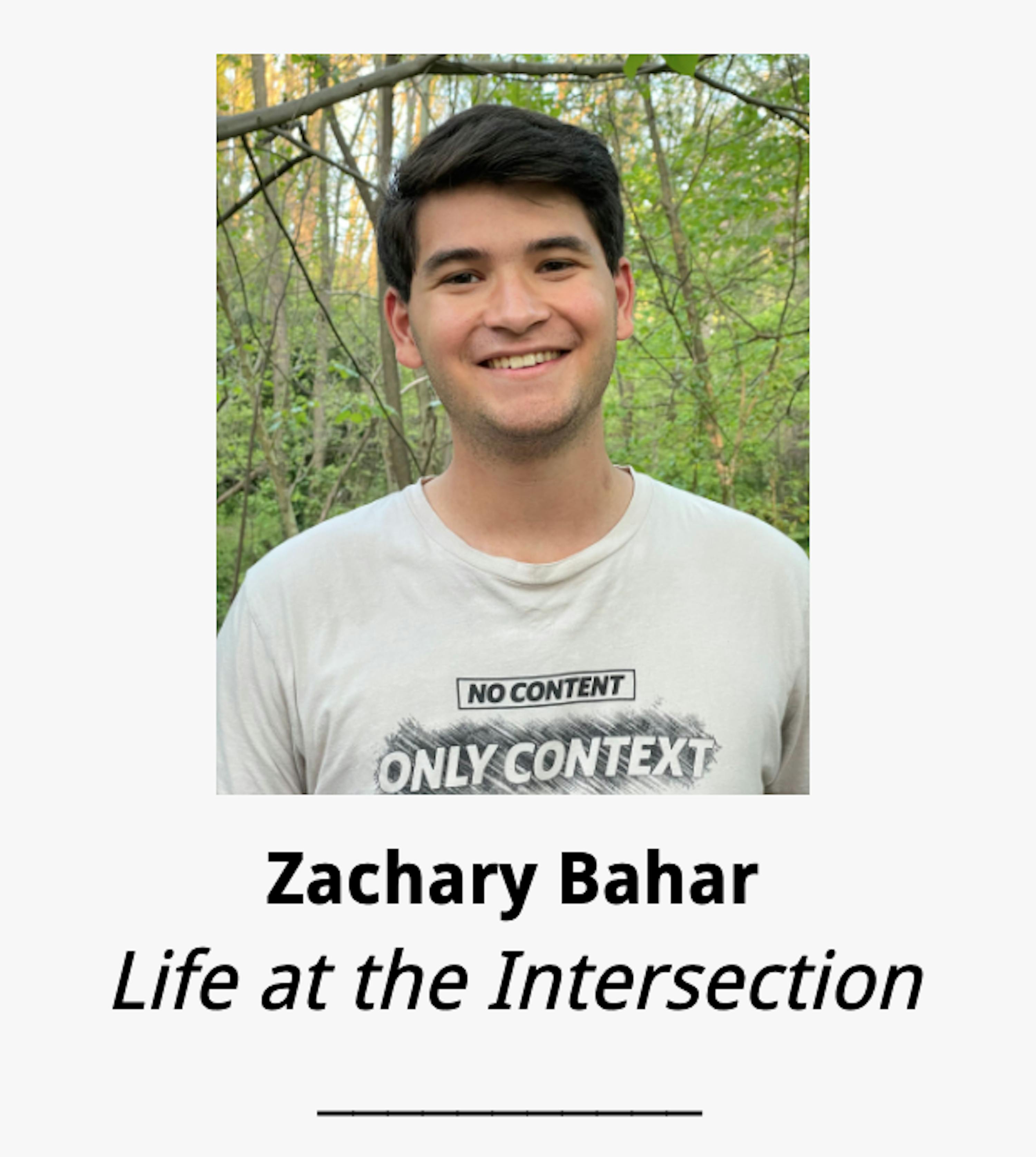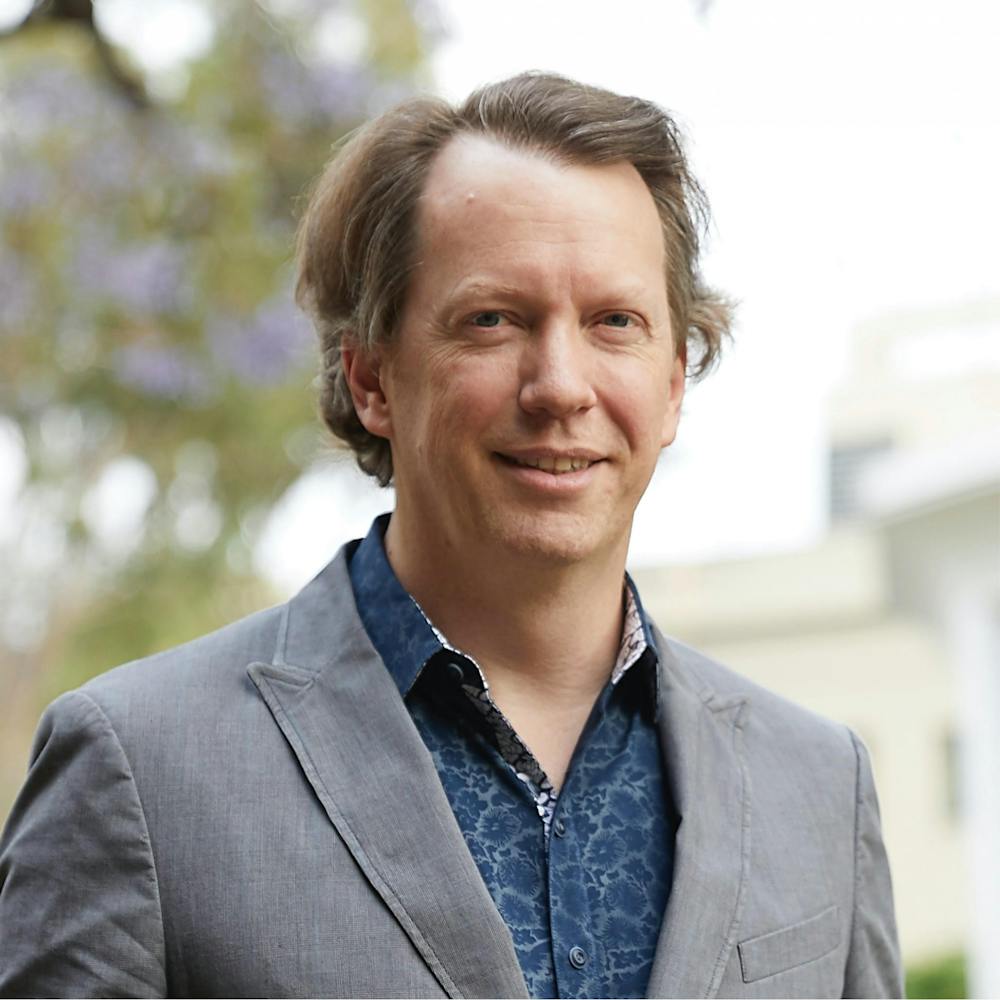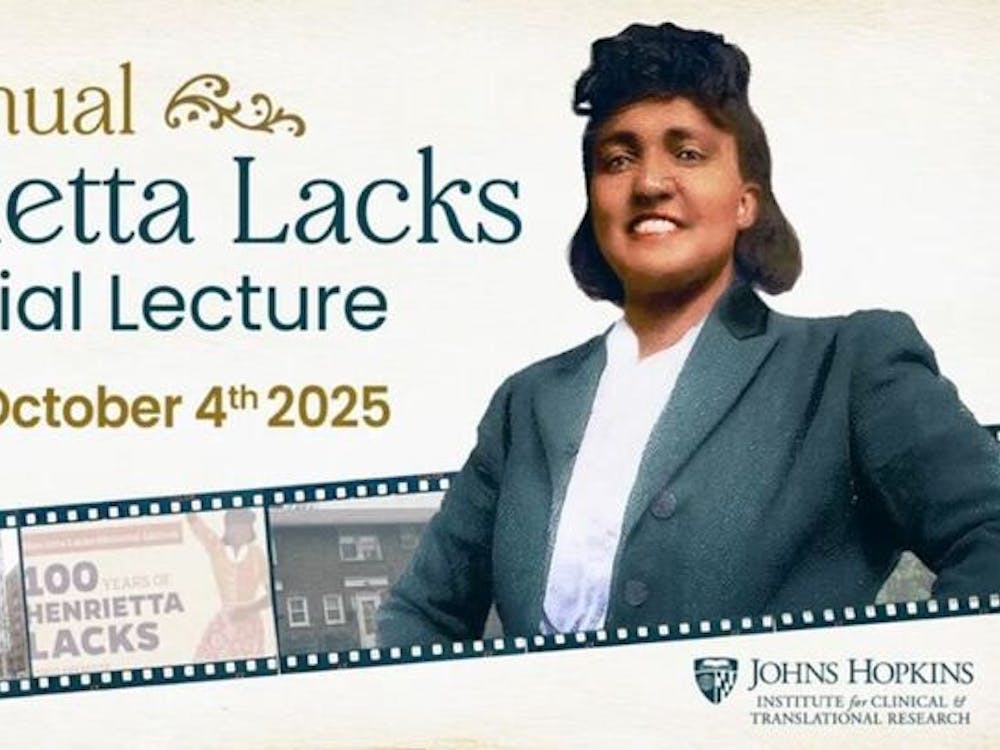
Sean Carroll is a name familiar to those engaged with the world of science communication. As a physicist, Carroll’s work over the last three decades covered cosmology, relativity and quantum field theory. In addition to his research, Carroll is a best-selling author of five books including The Particle at the End of the Universe, Something Deeply Hidden and his newest book The Biggest Ideas in the Universe: Space, Time, and Motion.
After 16 years at the California Institute of Technology, Carroll moved to Baltimore, becoming the Homewood Professor of Natural Philosophy in the summer of 2022. Carroll discussed his career and position at Hopkins in an interview with The News-Letter.
“I've been a professional physicist for my whole grown-up life, but I've always loved philosophy, and in the last 15 years I've been taking seriously the intersection of philosophy and physics,“ he said. “For a while now, I've been aspiring to find a job position where what I want to do is the same as what I'm supposed to do, and Hopkins was the only place that could come close, and they exceeded my expectations.”
One key aspect of the Homewood professorship is the ability to invent your own title. As a professor of Natural Philosophy, Carroll hopes to harken back to the days of Newton and Galileo, before science and philosophy had become separate disciplines — emphasizing the interconnectedness of the two.
“[Natural philosophy] is trying to understand the universe better by thinking very carefully about its foundation. The difference between natural philosophy and regular philosophy is that we care very much about the data, the observational inputs, the experimental results, just like scientists do,“ he said. “The difference between natural philosophy and regular science is that we also care about the logical coherence and foundational underpinnings of our claims.”
Additionally, Carroll and philosophy professor Jenann Ismael are working to create a natural philosophy forum at Hopkins to continue amplifying these and similar discussions.
To further explain the distinction between natural philosophy, Carroll discussed the Copenhagen interpretation of quantum mechanics, a long-standing theory that agrees with observable data, yet makes no logical or intuitive sense. He notes that similar logical fallacies exist in all corners of science including evolution by natural selection and cosmology, stating that scientists allow these logical gaps, whereas natural philosophy will not abide by them, aiming to rectify them and further scientific understanding in the process.
As a natural philosopher, Carroll is pushing against the borders between the sciences and the humanities and applying techniques from each domain of knowledge to the other. A clear example of this is his First-Year Seminar on “The Physics of Democracy,” which examines sociopolitical systems using the language of statistical physics.
“[In] Newton's laws of motion... the laws of quantum mechanics or general relativity are completely irrelevant when it comes to social systems, but there is also a part of physics about statistical physics and places where we have incomplete information and nevertheless, can find patterns and the emergence of higher-level structures from lower level behavior,“ he said. “This is exactly what we see in society... We see the aggregation of individual preferences into some general trend of something. My hope is that physics can provide something either inspirational or even analytically useful about thinking of these human systems as physical systems.”
In addition to his role at Hopkins, Carroll holds an appointment as Fractal Faculty at the Santa Fe Institute, which specializes in studying complexity such as emergent behavior in social systems.
Carroll also shared thoughts on the differences between his work as an academic and as a science communicator stressing the difference between engaging students and colleagues in the academic setting to the general public.
“When you talk to a scientific audience, the speaker is as eager to learn new things as the audience. The universe is much bigger than we are and even if we write a paper and we think we have the right answer about something, we can always learn more. It is intentionally more of a dialogue,“ he said. “When you're speaking to the general public... the highest aspiration in that format is to be inspirational, to be so interesting that it's less about what they learn in the presentation and more that you get them interested in the topic.”
Working in science communication, Carroll notes, involves an openness to a wide variety of mediums—as an author, prolific Twitter user, online lecturer for Wondrium and podcaster—as each attracts a distinct audience, often with little to no overlap.
“I'm very much a pluralist when it comes to media. I don't think there's one right way to do it. I think that there should be YouTube videos and TikToks and Twitter and long dense monographs and big tall part public TV series. I think that they all serve a purpose in different ways,” he said. “I'm never going to make science TikTok videos, but I'm very glad that other people are.”
Carroll stressed the importance of maintaining intellectual openness in educational settings, particularly in university settings that place heavy emphasis on completing major requirements.
“When I took my first philosophy classes as an undergraduate, I knew nothing about philosophy, but I fell in love with it. On the other hand, something like chemistry is just not that interesting to me, and that's also okay,“ he said. “[Students need] both an openness to these new kinds of things — that's the easiest part — and the harder part is trying to draw connections, trying to see more than one foot in front of our face.”
Zachary Bahar is a sophomore from Evanston, Ill. majoring in Near Eastern Studies and Mathematics. “Life at the Intersection” seeks to investigate the merger of sciences and humanities at Hopkins and showcase the people who work and live therein.





